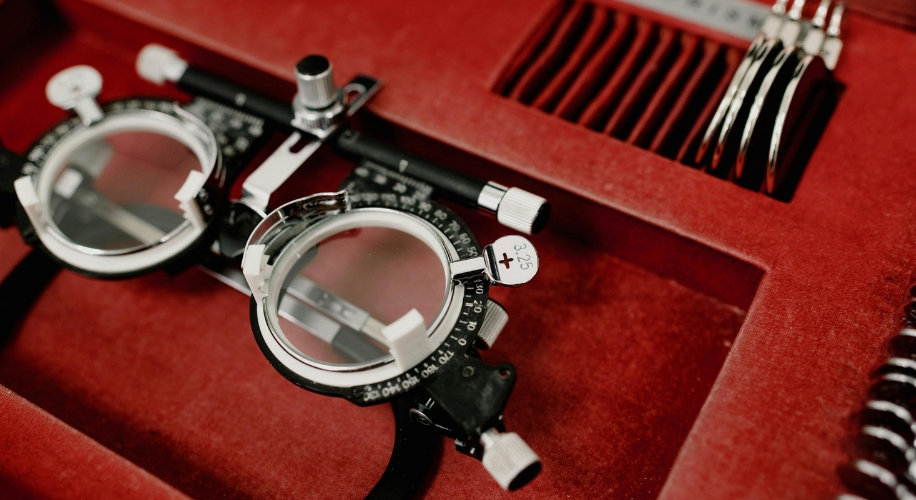Vision Insights: Understanding Nearsightedness and Farsightedness with Zenni Eyewear Solutions
- BY Dr. Steven Liem
- IN Eye Care

Have you ever wondered why some people can see objects clearly at a distance but struggle to read a menu right in front of them, while others have no problem reading but can’t distinguish a face from 10 feet away? These are due to common vision issues, nearsightedness and farsightedness respectively. Understanding these two vision abnormalities can help you make better decisions about your eye care, whether you’re choosing the right contact lens, deciding on a pair of eyeglasses, or selecting computer vision glasses. With Zenni, you can find the perfect eyewear solutions to address your specific vision needs, ensuring clarity and comfort in every aspect of your visual experience.
Nearsightedness: Seeing Clearly Up Close
Nearsightedness, medically termed myopia, is a prevalent vision condition characterized by the ability to see objects clearly when they are close, while distant objects appear blurry. This occurs due to a refractive error where the eyeball is elongated or the cornea is excessively curved, causing light rays to focus in front of the retina rather than directly on it. As a result, distant images become blurred. Understanding the following facts about myopia can provide insights into its impact and management:
- Onset in Childhood: Myopia commonly develops during childhood and tends to progress until around the age of 20. During this period of growth and development, the eyeball may lengthen further, exacerbating the degree of nearsightedness.
- Impacts on Daily Activities: The effects of myopia extend beyond visual acuity, influencing various daily tasks and activities. Tasks such as driving, playing sports, or watching television may become challenging due to difficulties in seeing distant objects with clarity.
- Corrective Measures: Fortunately, myopia can be effectively managed and corrected through various means. Prescription eyeglasses, contact lenses, and refractive surgery are common methods used to address nearsightedness. These corrective measures aim to adjust the focal point of light onto the retina, restoring clear vision for individuals with myopia.
Farsightedness: Seeing Clearly at a Distance
On the flip side, farsightedness, medically known as hyperopia, presents a vision condition where distant objects are seen clearly, but nearby objects appear blurry. This occurs due to a refractive error wherein the eyeball is too short or the cornea lacks sufficient curvature, causing light rays to focus behind the retina rather than directly on it. Understanding the following key points about hyperopia sheds light on its nature and management:
- Development from Birth: Farsightedness often manifests from birth and may persist as a child’s eyes undergo growth and elongation. While some children may experience a reduction in hyperopia as their eyes develop, others may retain this vision condition into adulthood.
- Impact on Daily Functioning: Hyperopia can impose various challenges on daily activities, particularly those requiring near vision. Individuals with farsightedness may experience eyestrain, headaches, and difficulties with tasks such as reading, writing, or using digital devices at close range.
- Corrective Measures: Similar to nearsightedness, farsightedness can be effectively managed and corrected through various interventions. Prescription eyeglasses, contact lenses, and refractive surgery are viable options for addressing hyperopia. These corrective measures aim to adjust the focal point of light onto the retina, enhancing visual clarity for tasks requiring near vision.
Choosing the Right Vision Correction Solution
Whether you are nearsighted or farsighted, it’s crucial to consult with an eye care provider to determine the best solution for you. Your choice of eyewear should provide clear vision while complementing your lifestyle and personal style. At Zenni, we offer a wide range of eyewear solutions, including glasses, high index lenses for strong prescriptions, and blue light blocking glasses to protect your eyes from digital screen exposure. Understanding your eye condition and the available solutions can significantly improve your quality of life. So, remember, whether you’re nearsighted, farsighted, or have perfect vision, regular eye checkups are the key to maintaining good eye health and ensuring you have the best vision correction solution for your needs.



